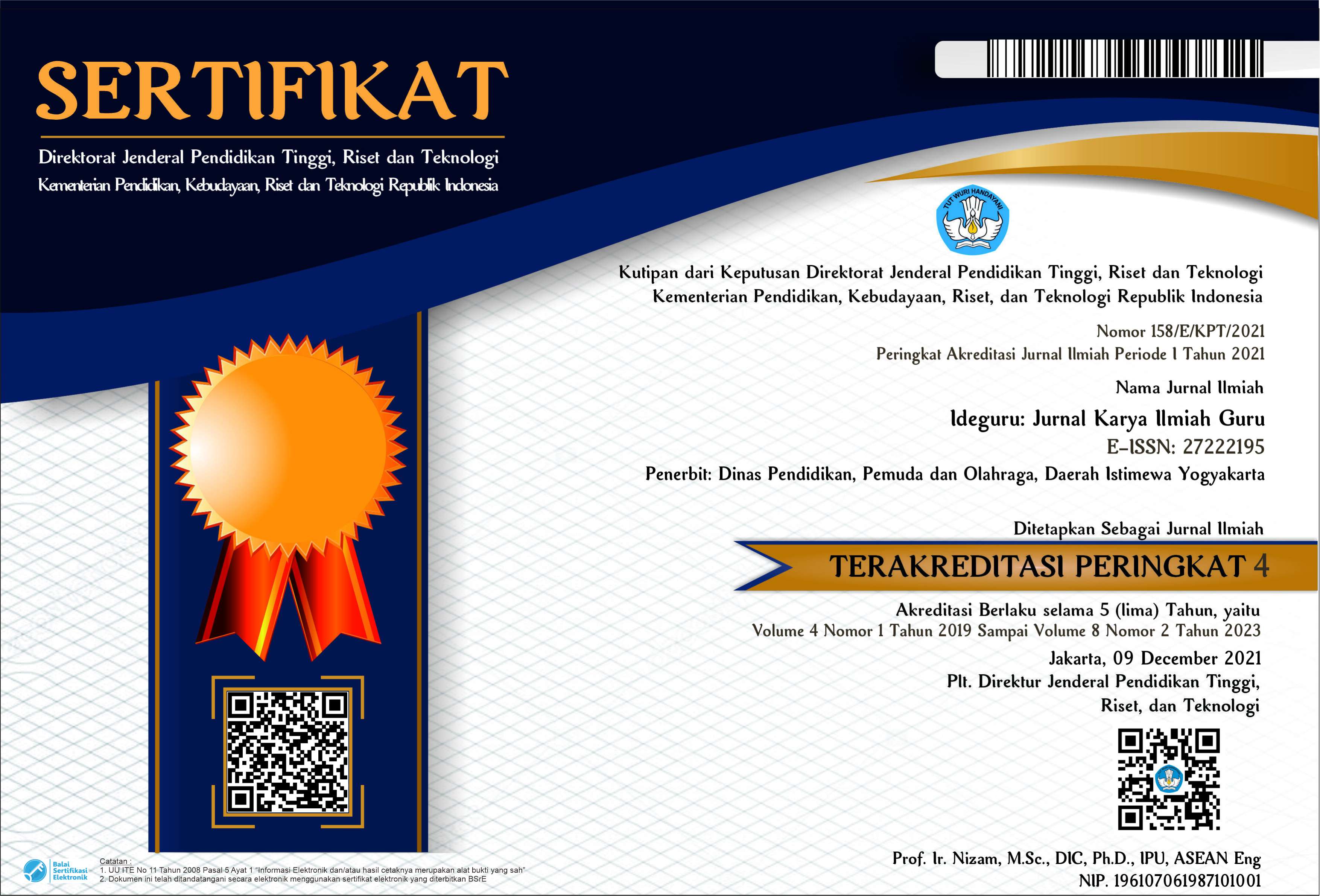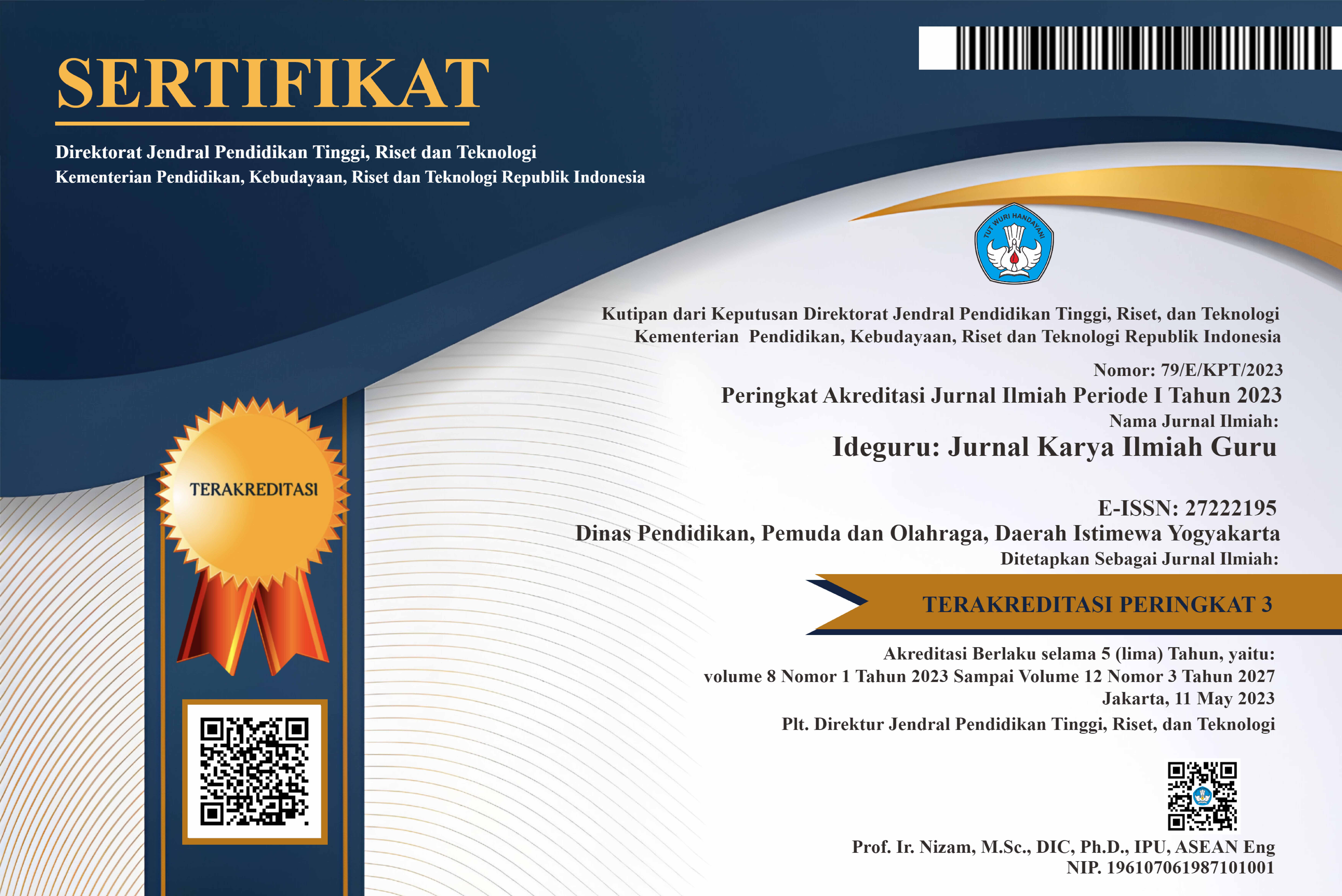Improving Learning Outcomes through STEM Learning Model and Self-Efficacy
Abstract
Education scholars have extensively studied the relationship between classroom exposure to STEM disciplines and favourable learning outcomes for students. The aim of this study is to investigate the potential correlation between students' self-efficacy and their learning outcomes in STEM-related courses. The main research approach employed in this quantitative analysis is descriptive verification. Every student enrolled at Banten Health Polytechnic participated in this study. This study employed an approach of selecting a sample at random. The study has a sample size of 100 students. Data was collected through the use of questionnaires for this research. This research utilises descriptive statistics and inferential statistics, namely PATH analysis conducted with Smart PLS 3.0 software. The STEM learning model had a significant impact on student learning outcomes (p<0.05), as well as on their self-efficacy (p<0.05). Additionally, the self-efficacy of students had a significant impact on the effectiveness of the STEM learning model (p<0.05). It is anticipated that additional research will result in a STEM education method that will empower all students to thrive. This research suggests that students can utilise STEM in the classroom for learning.
PDF Downloads
Copyright (c) 2024 Asep Awaludin, Yayat Ruhiat , Nurul Anriani

This work is licensed under a Creative Commons Attribution 4.0 International License.

 DOI:
DOI:














